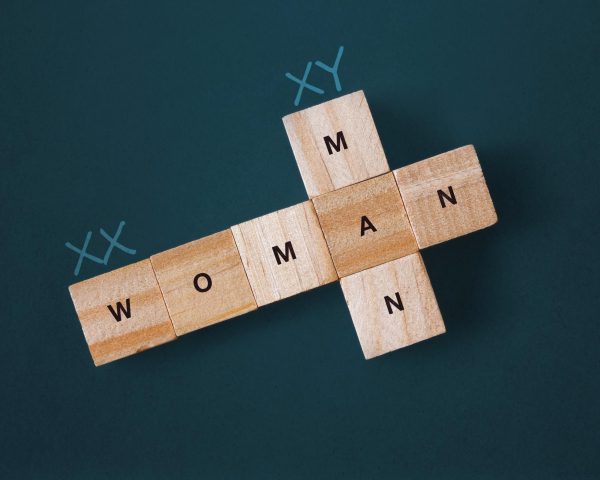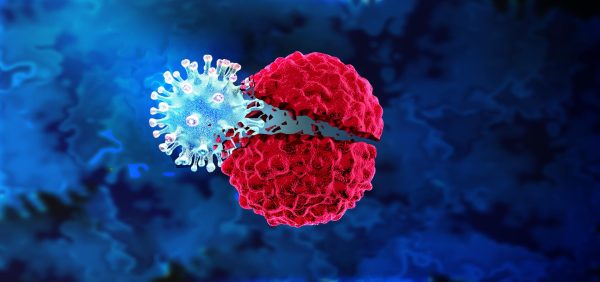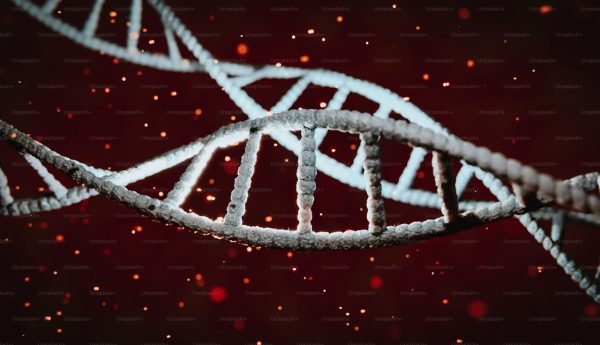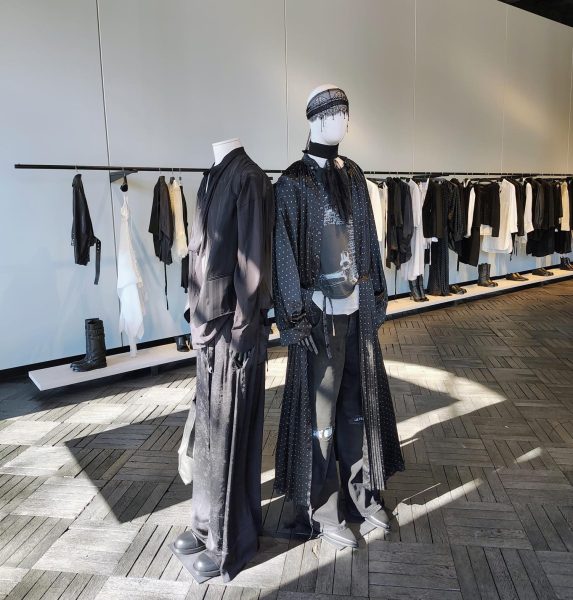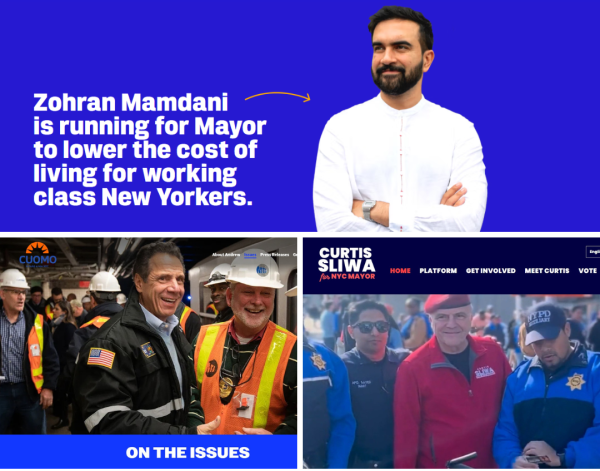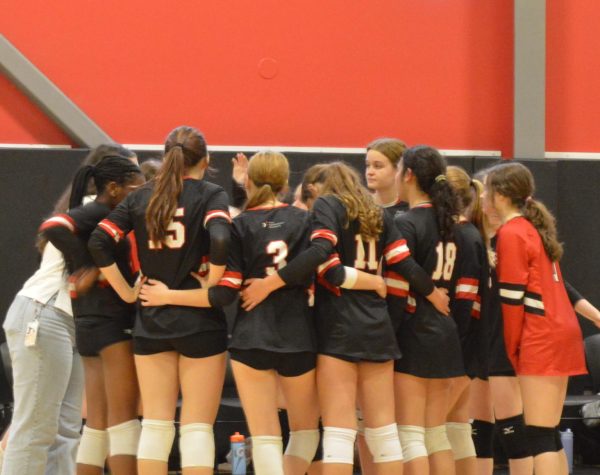The Disparity of COVID-19 Vaccine Distribution
Vaccinations are imperative for an end to the COVID-19 pandemic. However, if only one race is able to effectively vaccinate, the pandemic will not end and the disproportionalities caused by the pandemic will continue. As of December 2020, COVID-19 vaccines have been approved for distribution. Vaccines were first approved for healthcare workers, first responders, and the elderly. Now, vaccines have been approved for the overall public, although access can be difficult.
The release of the vaccines have provided hope for an end to the seemingly never-ending pandemic. Vaccines are essential to a return to normalcy in the U.S. According to the Center for Disease Control, “Wearing masks and social distancing help reduce your chance of being exposed to the virus or spreading it to others, but these measures are not enough”. Vaccination is the best way to protect yourself against COVID-19 (CDC). However, despite the importance of the vaccine, many who require it are not being given fair access. Since the start of the pandemic, COVID-19 has disproportionately affected various communities.
While the majority of the U.S. population is white, rates of infection, hospitalization, and mortality are higher within communities of color. One study showed that 34% of COVID-19 deaths in a selected group of people were among non-Hispanic black people. Additionally, BIPOC people have a higher likelihood of having “pre-existing & chronic health conditions that can lead to more severe cases of COVID-19” (JAMA, 2020). The limited access to vaccines is not only preventing an end to the pandemic, but is also extremely dangerous for communities of color. The release of the vaccine has only boosted this highly prevalent inequity.
BIPOC neighborhoods and communities have had a difficult time accessing the COVID-19 vaccine due to several factors – the first being the location of the vaccine distribution sites. In many states throughout the country, distribution sites are clustered in areas with a predominantly white population. This makes access for those who do not reside in those areas arduous. According to KFF, a nonprofit organization, “As of May 11, 2021, CDC reported that race/ethnicity was known for just over half (55%) of people who had received at least one dose of the vaccine. Among this group, nearly two thirds were White (63%), 13% were Hispanic, 9% were Black, 6% were Asian, 1% were American Indian or Alaska Native, and <1% were Native Hawaiian or Other Pacific Islander, while 8% reported multiple or other races”.
Communities of color have much lower vaccination rates than do white communities. In order to ensure fair distribution, states must take responsibility – more careful planning needs to go into the location and organization of vaccination areas. Despite efforts to create equity and equality among vaccine distribution, governmental agencies did not strictly enforce these rules, and instead let individual states create their own policies. Although the CDC has enacted some requirements on how to ensure equality when distributing vaccines, these were not enforced nor followed by states.
According to Politico, a political journalism magazine, states chose to ignore CDC guidelines on reporting the race and ethnicity statistics about who was receiving the vaccine, which was “leaving major gaps in efforts to identify unmet needs.” When states ignore rules and government agencies refuse to enforce these rules, many of those in need, who preside in BIPOC communities, are unable to gain access to vaccination. Those in charge must make an effort to ensure equality.
Vaccinations must be more efficiently organized, so those who are a part of an affected community can receive a vaccine, rather than lose their spot to another who has not made an appointment. The CDC, as well as both state and federal governments, must make mandates, so communities that were the most affected by the pandemic get the vaccinations they need. By doing so, the BIPOC communities that were disproportionately affected by the virus can gain an opportunity to get vaccinated as well.
Isabella is a junior at BASIS Independent Brooklyn. She loves exploring psychology and science and is passionate art and photography. Outside of school,...


